‘Let’s have the idea come before the tool, not the tool before the idea.’
I remember saving up for my first double bass pedal (it was a Dixon), it took months! I brought it home, added it to my kit, and there I was having fun getting a deep bass drum sound with not one but TWO feet! But after a while, now what? Doing my best to copy my heroes I had learned some patterns and grooves, but over time it became something I ‘should’ have, using it just because it was there. What I thought made me more creative, was actually making me less creative, because it gave me more options than I needed. Having too much prevents us from going deep into an idea, or seeing the idea there in the first place. In a smokescreen of more sounds, more choices, and one more thing to learn and practice, the real YOU can get lost. Minimalism, simplicity, and doing more with less while looking deeply into all that surrounds us, is the big idea here.
Let’s use the craftsman’s approach. Faced with an array of choices, we must choose carefully the best tool to achieve the finest outcome, and eliminate the rest. Can you really convince me that you need your tool to express the idea? In other words, does the IDEA come first, fully formed in your mind even before you get to the drums? If the answer is no, then get rid of it! Let’s have the idea come before the tool, not the tool before the idea.
I have many students that out of reflex play double bass to explore new ideas and to work the weaker foot, and this is a great starting point. I had a lot of fun doing this for years. But after a while, I realized I added it because I thought I SHOULD have it, but I was shoulding all over myself! It took me a while to learn that I was actually more creative with LESS. It all started with Jim Blackley.
Jim Blackley is looked at as a Yoda type teacher to the music community around the world, transforming lives not just through drumming, but through character. (Look at his Facebook tribute page for so many heartfelt stories on his influence.) Jim teaches (or tortures) his students with an exercise of playing only the ride cymbal in quarter notes at 40bpm for 10 minutes straight, while singing the ride. (‘ding… ding…’) This is very meditative and calming after a while, but at first this drives our novelty seeking brains crazy with restlessness, also known as ‘the monkey mind’. I found it very difficult to focus at first, but after a while I noticed tones and colours I hadn’t heard before that were there all along! Jim is showing his students the art of possibility in using less, revealing a depth that lay previously hidden. ‘I was blind, but now I can see’, is how I felt. Taking this perspective to all of life, there is so much in simplicity that we don’t see at first with a mind always looking for more. Is double bass enhancing your ideas, or clouding your ideas? For many years it just got in the way for me, but slowly the approach of doing more with less revealed itself. I started welcoming the imagination of masters like Max Roach, Tony Williams, and John Bonham. It seemed they earned their ideas through shear deleting of the unessential. This approach was a lot more gratifying, and although it seemed I had to try a little harder with single bass, I liked it. The simplicity of the Tabla also inspired me greatly as well, when I saw such a vast world could be created with only two little drums!
I was also impacted by Picasso’s blue period. For 3 years Picasso painted with a theme of blue colours and shades to express his feelings of the time, which began with a close friend of his committing suicide. Imagine using only one part of your drumset for 3 years! In a similar way, drummer Jojo Mayer used only the hihat, bass, and snare for 1 year, challenging himself to go deeper into the nucleus of the instrument, and deeper into the simplicity of groove itself.
The theme here isn’t to tell you how to create your set up, or tell you what you are doing is wrong, because there is no wrong! There are only 2 rules in drumming, music, and art: #1) there are no rules, and #2) always refer to rule 1. To truly go your own way, relentlessly question what it is you are doing, and if you really need the tools you have chosen for your expression. Finding your own voice happens not by adding, but DELETING, both in your craft and in life.





One Comment